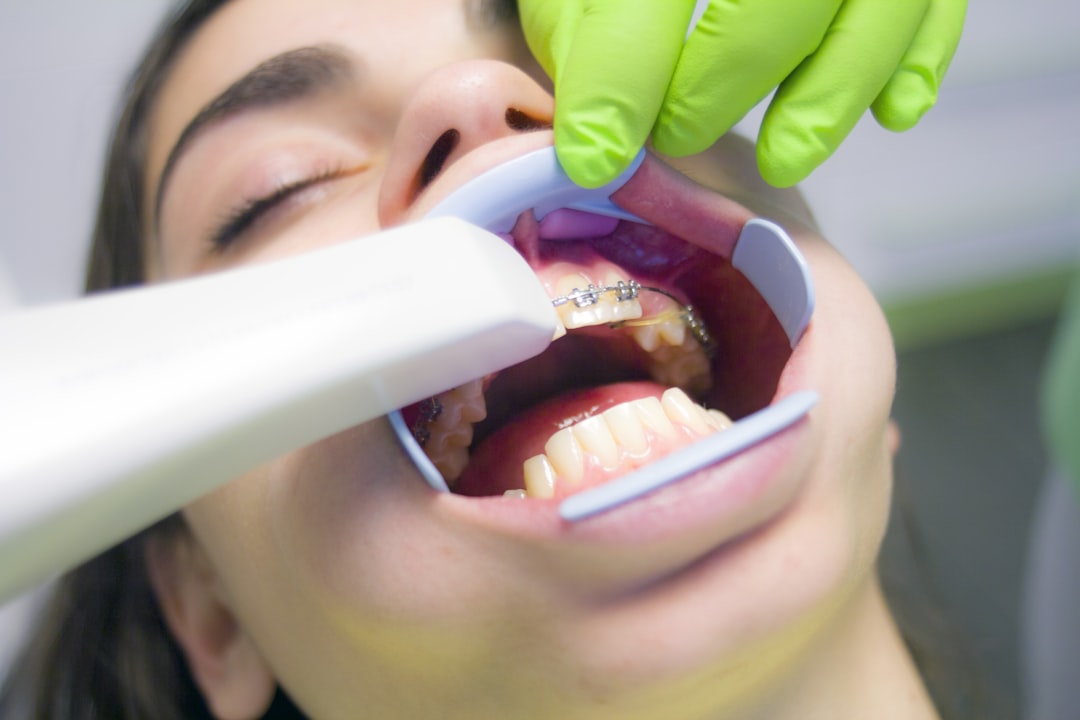
When teeth develop a cavity in the space between them, it is referred to as an interdental cavity, or interproximal cavity. Unlike regular cavities that develop on the biting surfaces of teeth, interdental cavities can be more difficult to spot and often remain unnoticed until they progress to an advanced stage. Being aware of the signs of an interdental cavity can help you seek timely dental care and prevent further damage. This website has all you need to learn more about this topic.
A prevalent symptom of an interdental cavity is sensitivity to hot and cold foods or drinks. When there is a cavity between teeth, it exposes the underlying dentin, which is more sensitive than the outer enamel. Hence, you may encounter a sharp, momentary pain when consuming hot beverages or cold treats. Such sensitivity serves as a clear warning sign of an issue with your teeth and should not be disregarded.
Extended sensitivity to sugary foods is another symptom that should be taken seriously. If you feel persistent pain or discomfort following the consumption of sugary foods, it may be indicative of an interdental cavity. The existence of a cavity allows sugars to infiltrate the affected region, resulting in enduring sensitivity and discomfort. If the sensitivity persists even after you’ve finished eating sugary treats, it is recommended that you seek a thorough examination by your dentist.
Toothache and gum sensitivity can also be signs of an interdental cavity. As the cavity advances, it can impact the adjacent gums, leading to inflammation and tenderness. You may experience pain when biting down or applying pressure to the affected area, along with sensitivity when brushing or flossing around the affected teeth. If you observe these symptoms, it is vital to seek dental care promptly to prevent additional damage and potential complications.
Stains appearing between the teeth can also signify the presence of an interdental cavity. As the cavity progresses, it can trap food particles and bacteria, leading to discoloration in the interproximal spaces. If you notice the emergence of brown or black stains in the spaces between your teeth, it should raise a red flag. While regular dental cleanings and proper oral hygiene can help prevent staining, persistent discoloration should prompt a visit to the dentist. You can read more on the subject here!
Another visible sign of an interdental cavity is the presence of holes or pits in the affected teeth. As a cavity develops between teeth, it gradually wears away the enamel, resulting in the formation of tiny holes or pits in the affected region. These holes or pits may be visible to the naked eye or may require dental instruments for a thorough examination. If you observe any irregularities or anomalies in the texture of your teeth, it is crucial to make a dental appointment for further evaluation and appropriate treatment.
In summary, it is of utmost importance to be able to recognize the signs of an interdental cavity for the sake of maintaining excellent oral health. Signs such as sensitivity to hot and cold, prolonged sensitivity to sweets, toothache and gum sensitivity, staining between teeth, and the presence of holes or pits in teeth should not be overlooked. Taking proactive measures and seeking prompt dental care can help prevent additional damage, potential complications, and ensure the preservation of a healthy smile. Remember to schedule regular dental check-ups, maintain good oral hygiene practices, and promptly address any worrisome symptoms to safeguard your dental well-being. Through vigilance and a commitment to oral care, you can effectively prevent and manage interdental cavities, securing a lifetime of dental health and well-being. See, this website has all the info you need to learn about this amazing product.
Suggested Post: my website